Back to Timelines

Isabel of Castile and Fernando of Aragon Marry
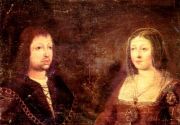
Papal Bull Authorizes the Spanish Inquisition
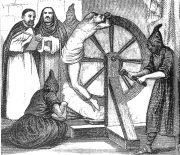
A Papal Bull authorizes the Spanish Inquisition to eradicate heretics and apostates. In the quest to maintain Catholic orthodoxy, Jewish and Muslim converts to Christianity are often punished severely for continuing to secretly practice their previous faith. Two years later, the Catholic monarchs resolve to absorb Granada into Castile, rather than keep it as a vassal state.
Boabdil Pledges to Serve Isabel and Fernando
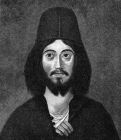
Boabdil, the last king of Granada and son of Nasrid King Muley Abul Hassan, rebels against his father and pledges to serve Isabel and Fernando, in exchange for their support.
Christians Conquer Muslim cities
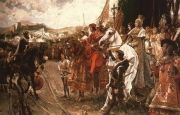
The Christians conquer the Muslim cities of Ronda, Málaga, and Almería between 1485 and 1490. In late 1491, the Christians quickly erect the city of Santa Fe as a base from which to permanently besiege Granada.
Castilian Troops Take Control of the Alhambra Palace

On January 1, Castilian troops take control of the Alhambra palace under agreed-upon terms of surrender. The next day, Boabdil gives the keys to the city to the Catholic monarchs in a ceremony attended by Christopher Columbus. Within a few weeks, the Catholic monarchs issue a decree expelling all Jews from their domains, at the urging of Tomás de Torquemada, Chief Inquisitor. Many Muslims depart for North Africa. Those remaining become Mudejars.
Mudejars Begin a Revolt
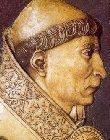
Mudejars begin a revolt in the Alpujarras mountains south of Granada. Jiménez de Cisneros arrives in Granada with the court of the Spanish Inquisition. He seeks abrupt conversion of Moors to Christianity. Mudejars became Moriscos during mass baptisms in the Cathedral of Granada, formerly the Great Mosque.
Cisneros Commands the Burning of Thousands of Arabic Books

Cisneros commands the burning of thousands of Arabic books in Granada’s public square, considering them worthless and heretical. Mudejars — struggling to preserve their beliefs and culture — begin writing in Spanish but retain the Arabic script, a form known as Aljamiado.
Carlos V and Hapsburg Emperor Maximilian Become Rulers of Spain
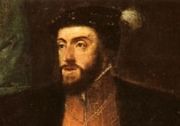
Carlos V, grandson of Isabel and Fernando, and Hapsburg emperor Maximilian become rulers of Spain and other European lands. In 1523, Carlos orders the construction of a new Renaissance-style cathedral inside the former Great Mosque of Córdoba, and a large palace on the site of the Alhambra.
New Rebellion Takes Shape In the Alpujarras
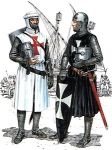
A new rebellion takes shape in the Alpujarras under the leadership of Ibn Humeya. The uprising follows a decree by Hapsburg monarch Felipe II requiring Moors to abandon Arabic and their prior customs. Knights of the Order of Calatrava — the first Spanish military order (founded in 1164) — play a key role in suppressing the revolt over the next three years. Afterwards, Morisco populations from Granada are resettled in other parts of Spain.
Felipe III Issues A Proclamation Expelling The Moriscos

Felipe III issues a proclamation expelling the Moriscos. Over 300,000 people are banished, including about one-third of the population of Valencia. Parts of the Spanish countryside become deserted. Agriculture and industries sustained by the Moors decline significantly. In subsequent decades and centuries, Andalusi émigrés and their co-religionists recall with nostalgia the “lost paradise” known as Al-Andalus.




